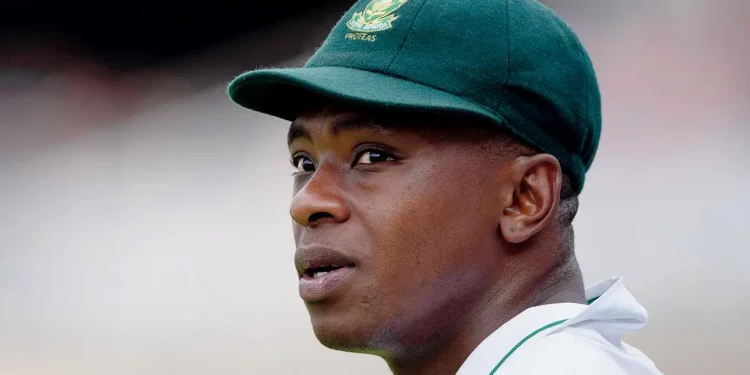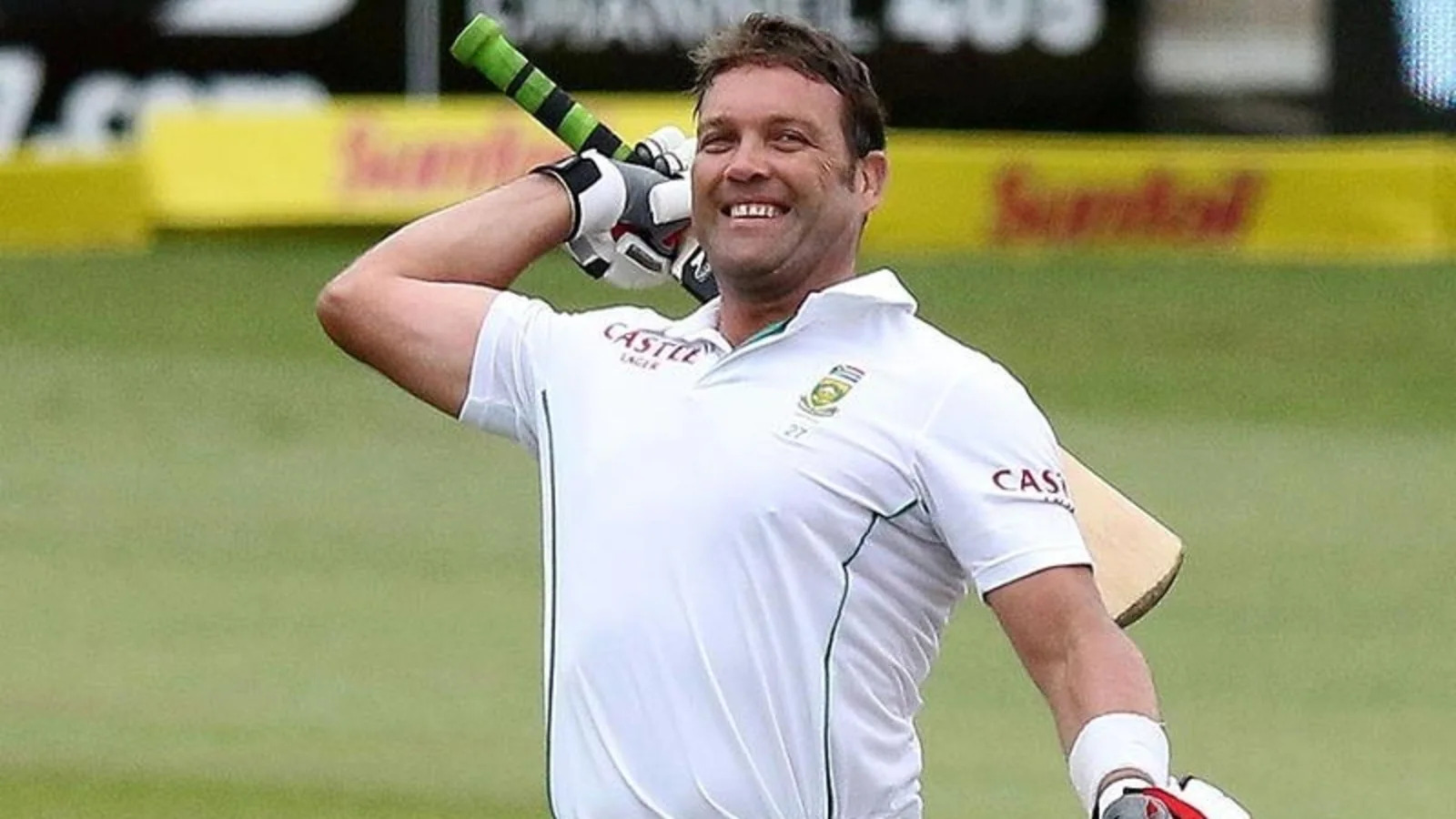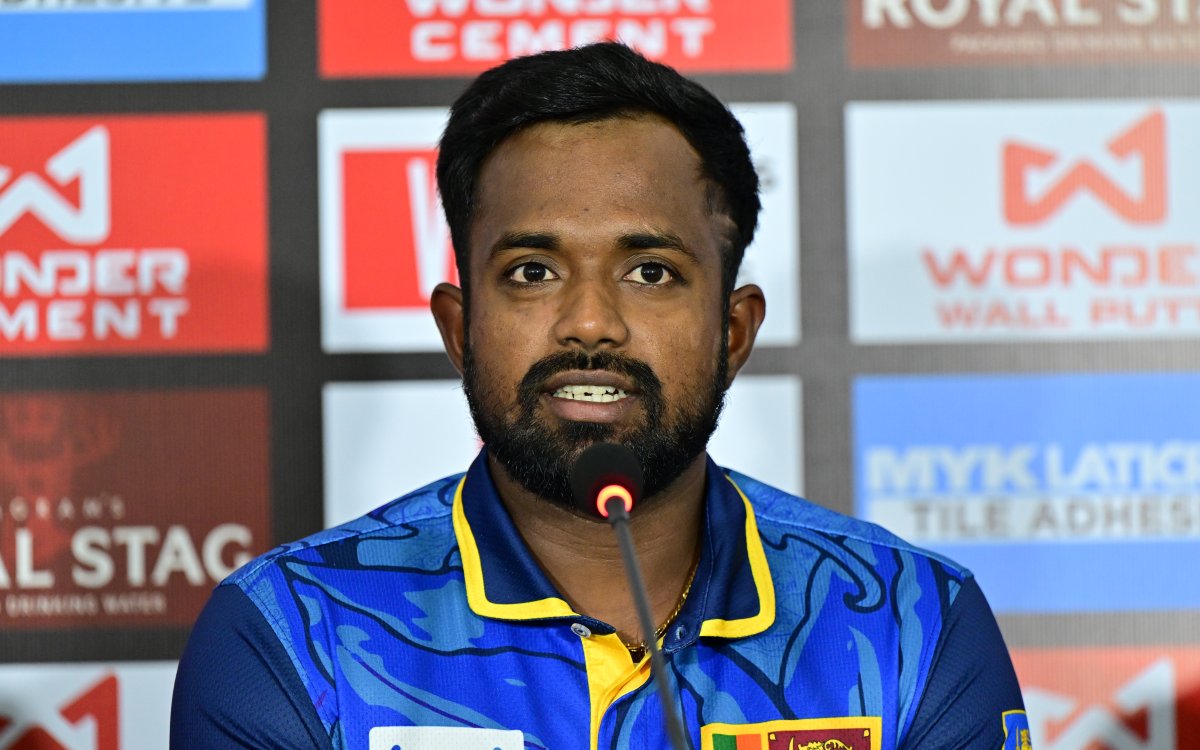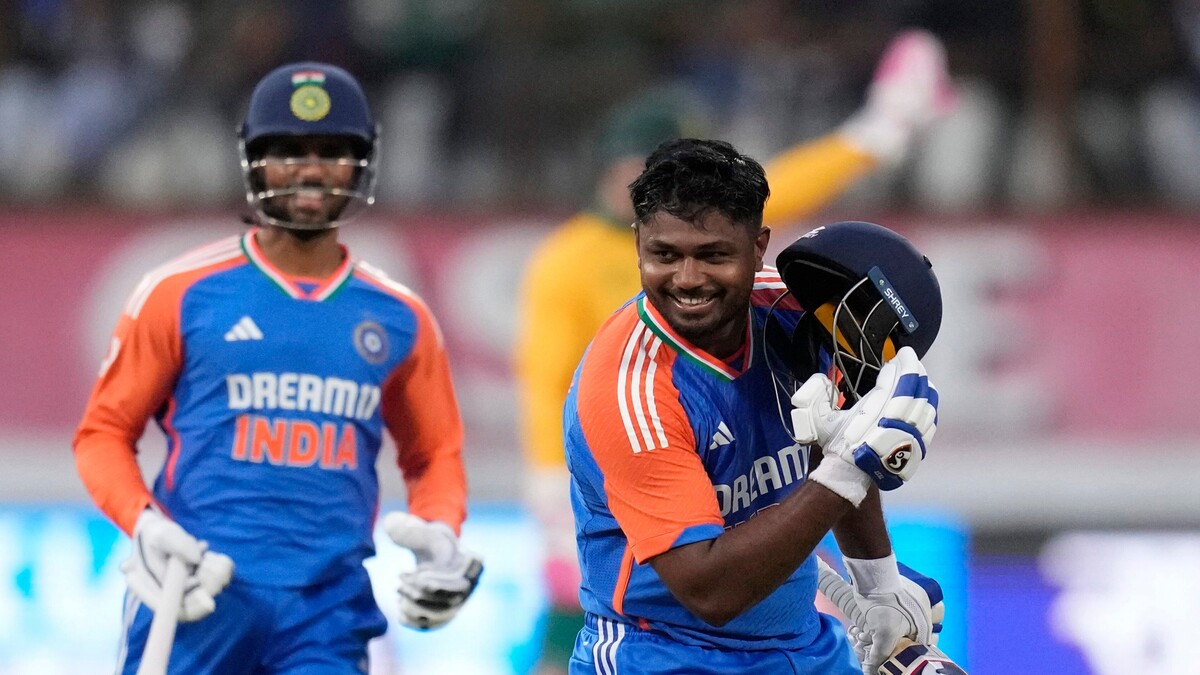In addition, Allan Donald was one of the fastest bowlers of his day, known for his lightning-fast pace, and he forged some incredible bowling alliances over his career. Alongside South African giants like Brian McMillan, Brett Schultz, Shaun Pollock, and Fannie de Villiers, he bowled in tandem. So he made an interesting observation when comparing.
Some of the best fast bowlers in cricket history have come from South Africa throughout the years. Although analogies between the pacers of the past and the current world of cricket are frequently made, this analogy also holds true because in red-ball, or test cricket, the ability to create an impression is crucial. As a result, Kagiso Rabada is unquestionably the bowler who stands out when fans and analysts examine contemporary fast bowlers who are still playing.
Rabada stood out with the ball during the Centurion Test match against India thanks to his deadly 5-wicket haul for the Proteas. His anger was so great that the visitors could not bounce back from the early blows and lost by an inning and thirty-two runs at the last stretch. Regarding KGB’s (as he is often called) Test record, Rabada’s outstanding average of 22.11 from just 61 Tests, along with his 287 victims, provide insight into the immensity of his bowling ability. He additionally had a 39.4 strike rate throughout these games.
When the secret is revealed, cricket enthusiasts frequently ponder whether there is a secret to his bowling technique that has allowed him to remain deadly for such an extended period of time. Allan Donald, the former speed great, eventually came up to address their interest by talking about an intriguing feature of Rabada’s bowling. Donald offered his astute findings, shedding light on his bowling biomechanics. He made the observation that Kagiso Rabada’s hip movement speed startlingly resembled that of a top-tier “javelin throw” athlete anytime he was set to deliver a ball following his follow-up.
He moves so quickly on every ball, if you listen to his feet. The hip rotation of KG is comparable to the right-side release through the impact region of a javelin thrower. He has a strong technical point since he is so aware of his rhythm and movement. He is as knowledgeable about biomechanics as Mitchell Starc or Pat Cummins. Real quicks all have excellent hip and shoulder movement, and when you watch them closely, they get into amazing airborne positions. We constantly discuss the launch, whether it’s how they take off the ground or how large they become at the crease, “explained Donald.
“Observe other greats like Michael Holding, Ian Bishop, Courtney Walsh, and Curtley Ambrose—all of them got off the ground to allow them time to pull the trigger, and KG does it brilliantly as well. We discuss that hang time (off the ground). Additionally, you will see that the hips are somewhat closed during the backfoot strike and immediately expand up. They don’t linger on the defensive for too long. The Press Trust of India (PTI) cited Donald as adding, “KG is very quick.”
There were five or six quick bowlers in each region; if I don’t step up, I risk losing my spot. Allan Donald
Allan Donald reminisced about his heyday, saying that South Africa was the best bowling team in the world at the time and could destroy any opposition. However, the main reason this occurred was that, in his nation at the time, there were five or six bowlers from each province who were prepared to take the field in the event that a bowler on the national squad was unable to produce a continuous bowling performance. This thus resulted in a fierce rivalry among the South African speed bowlers.
“I always exercise caution when making analogies between what the Proteas were and what is now available to them. We were the best in the world during our time under the sun. We had amazing depth and a fantastic assault,” the 57-year-old continued.
Every province had five or six quick bowlers, so we were also fortunate, and you were constantly watching your back. Allan Donald said, “I could lose my place if I don’t pull my socks up.”
































